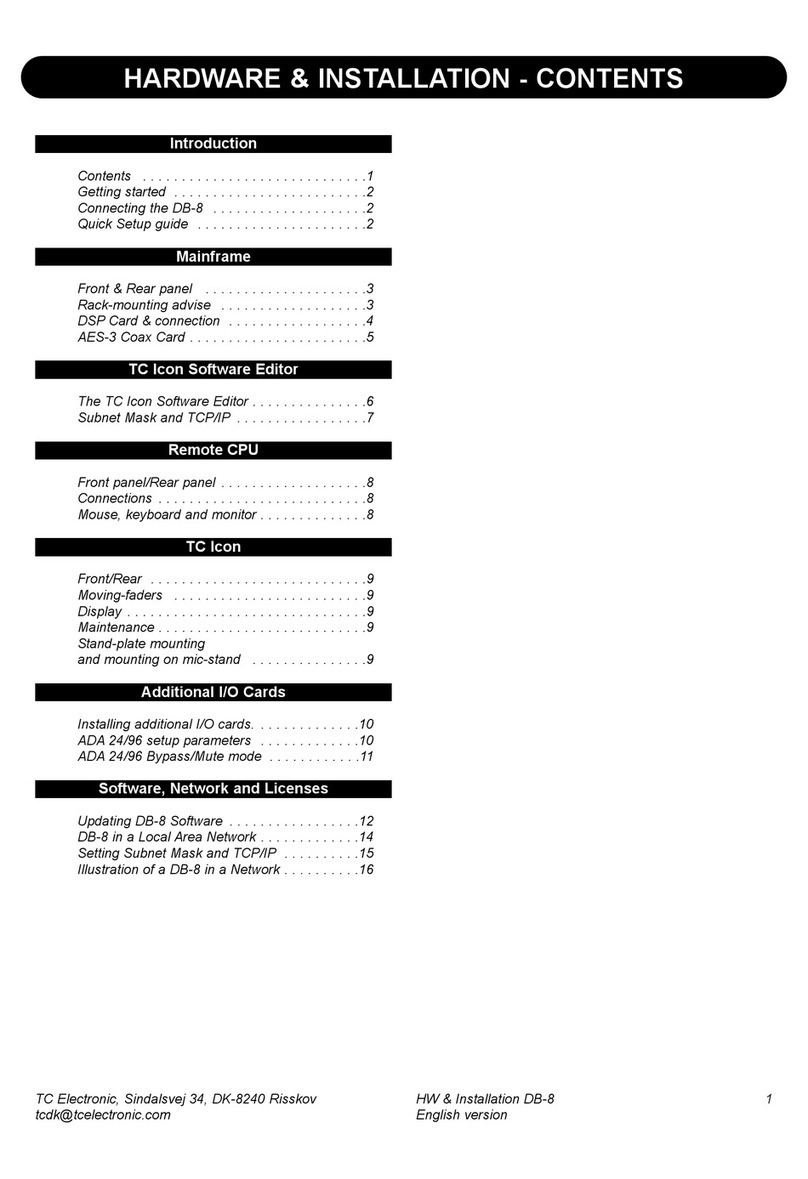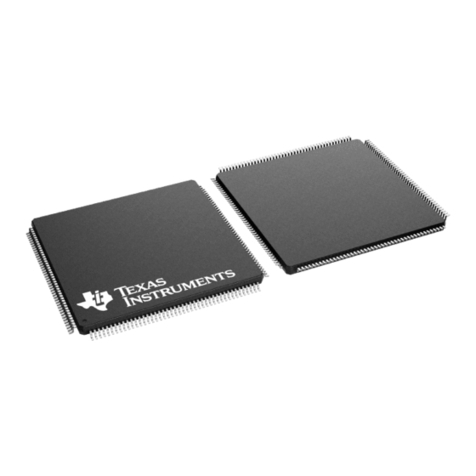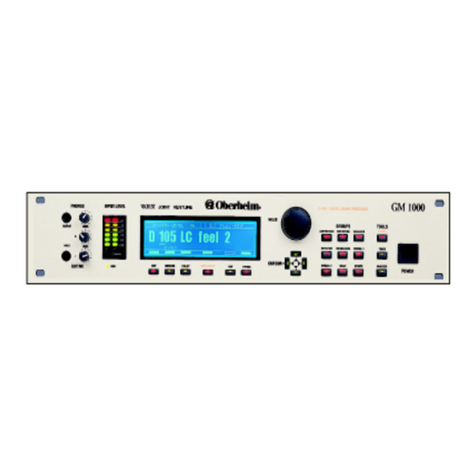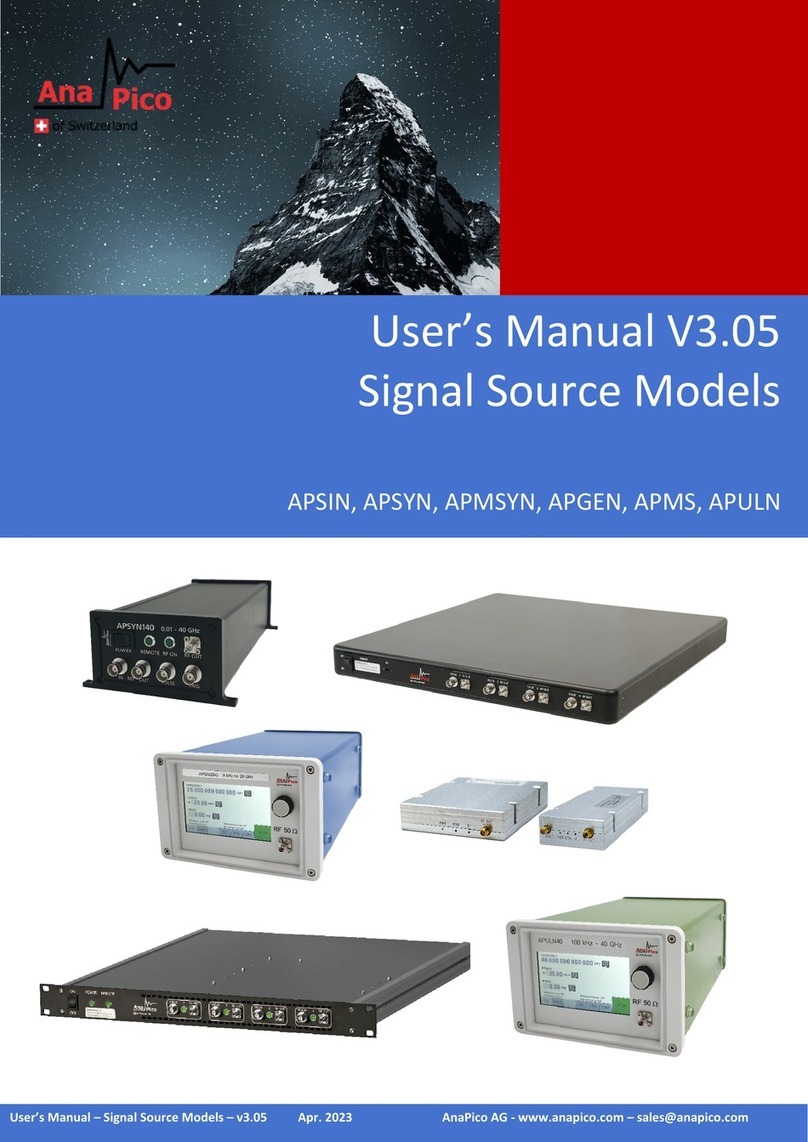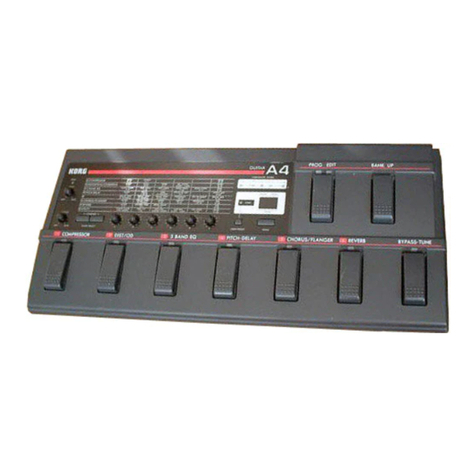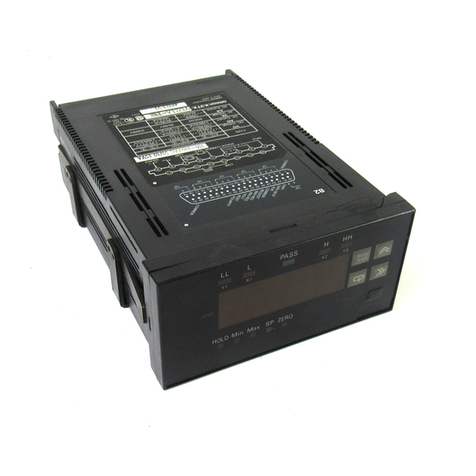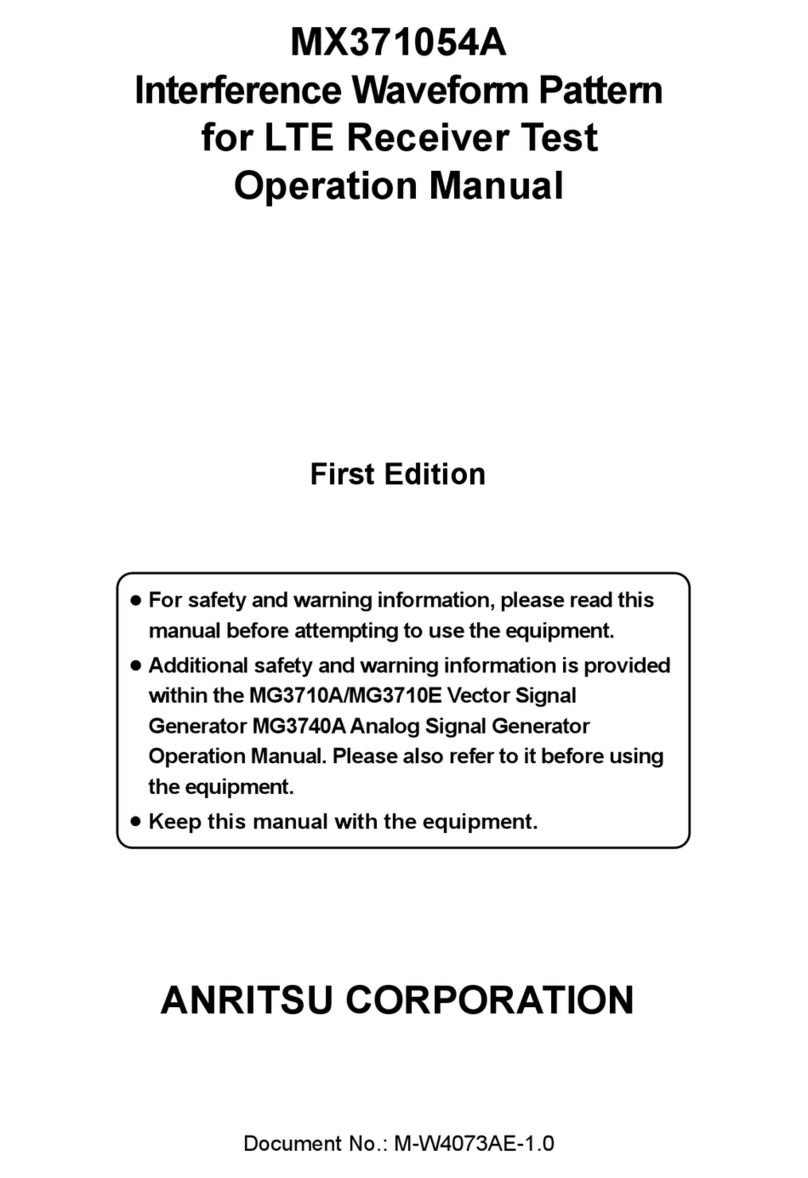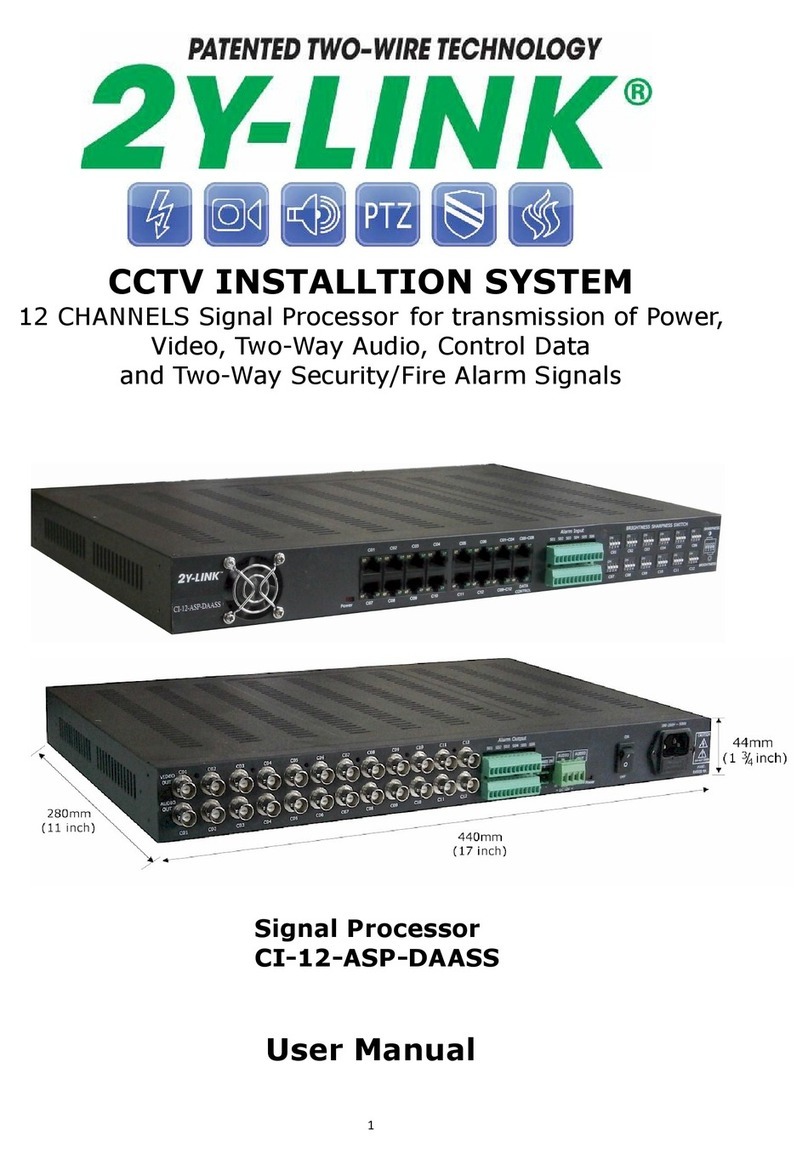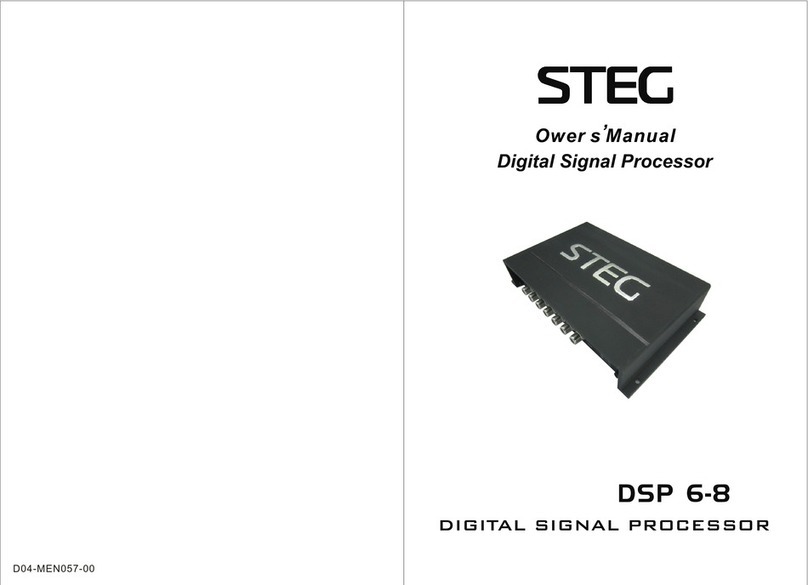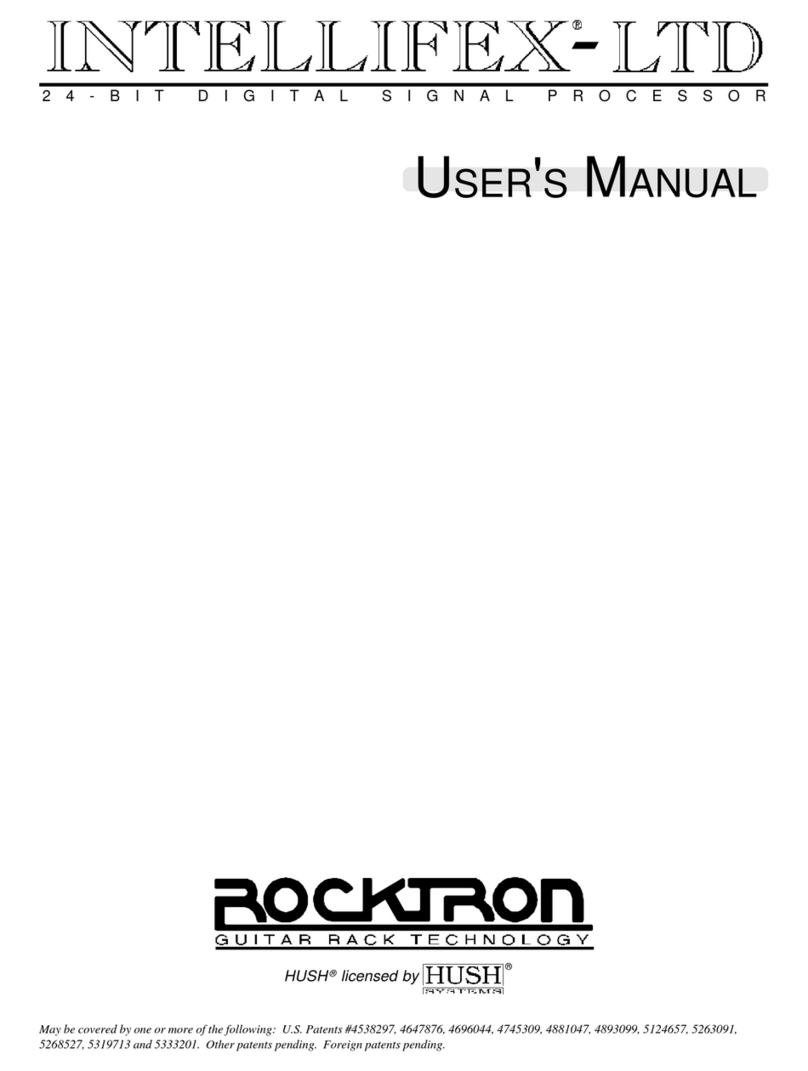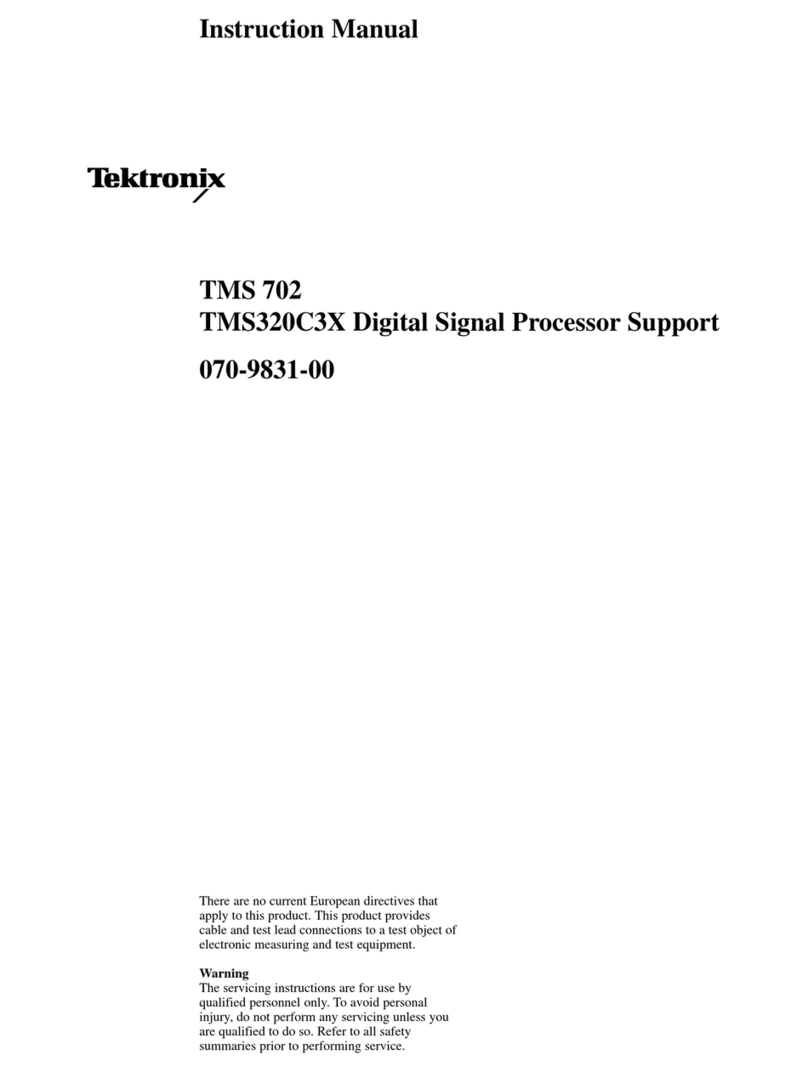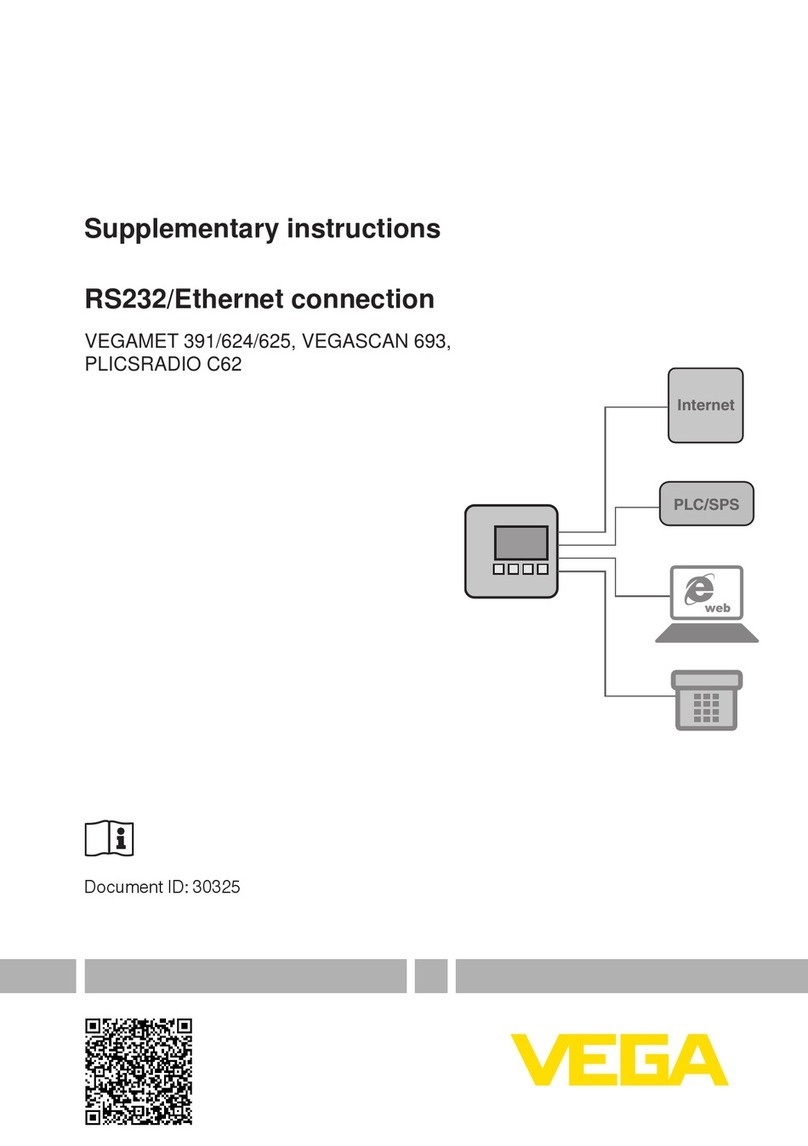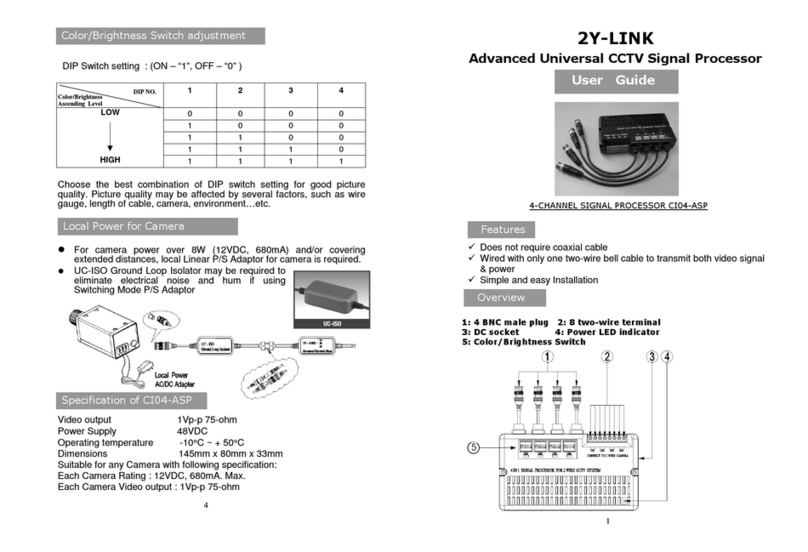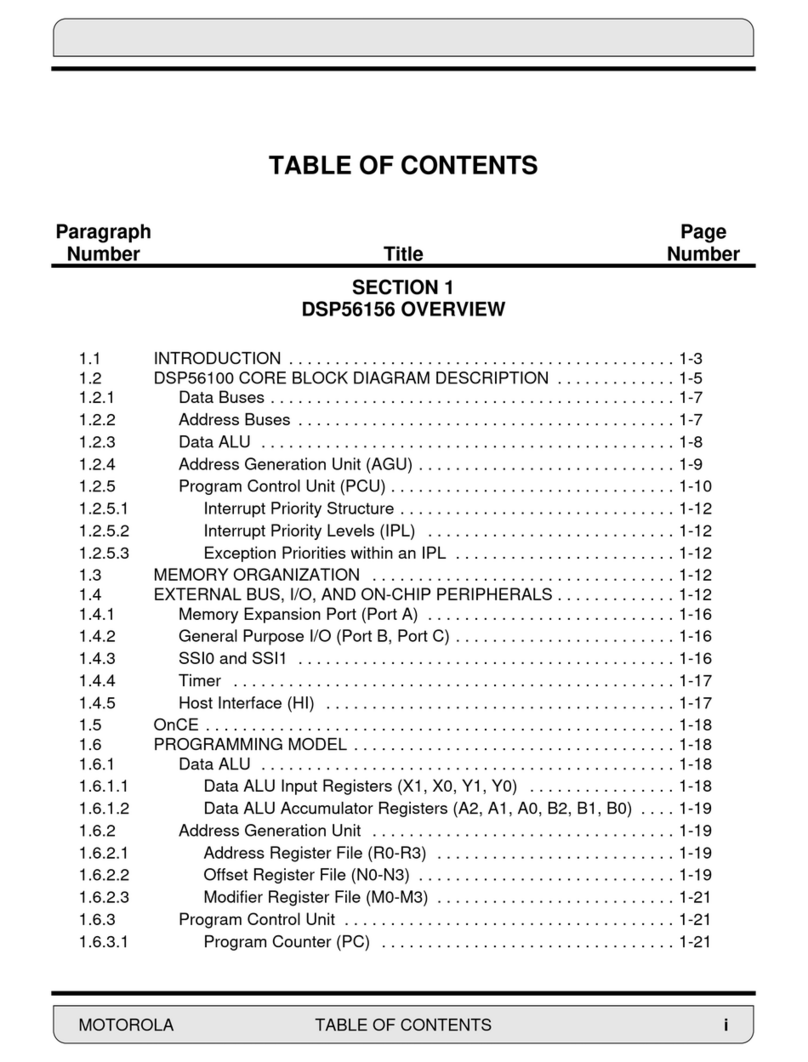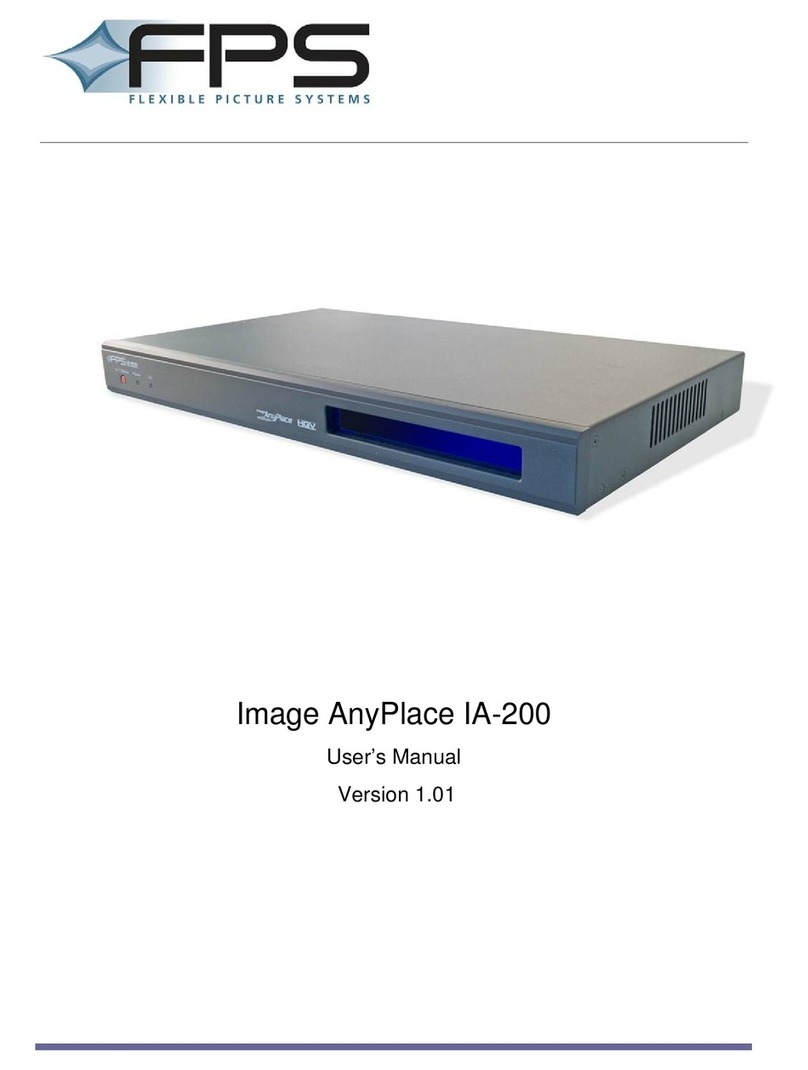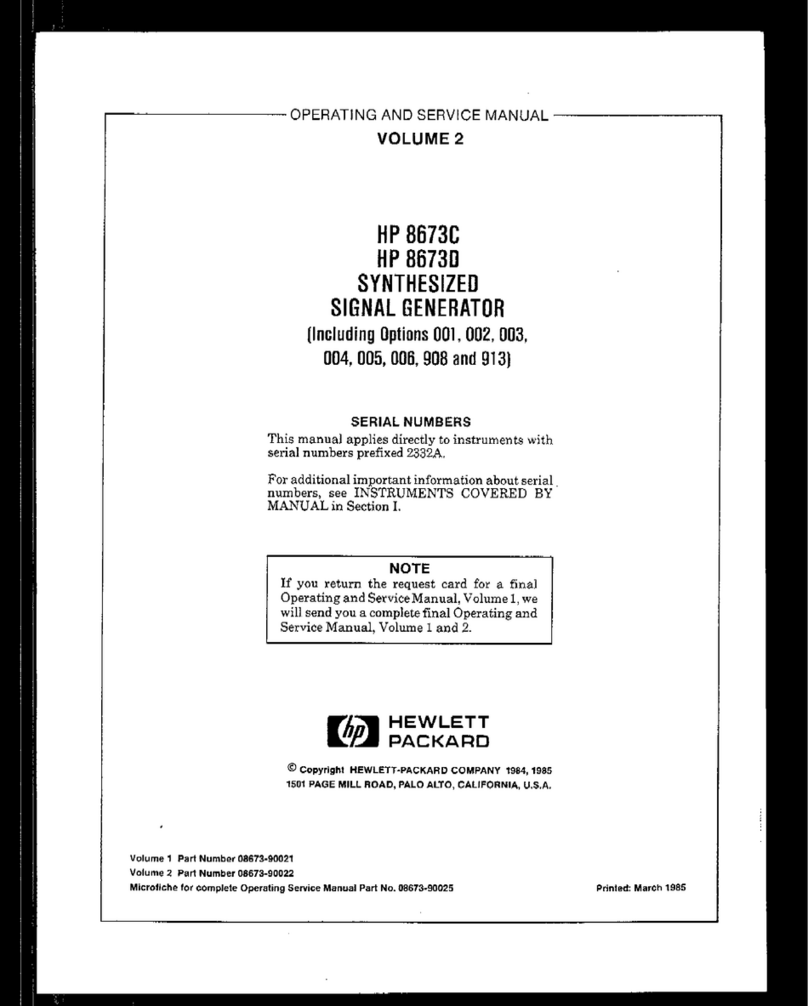2010
- | Introduction to the APPH6000 3
Contents
Introduction to the APPH6000 .........................................................................................................5
General Features and Functions....................................................................................................5
Options............................................................................................................................................6
Front Panel Overview .................................................................................................................... 7
Rear Panel Connections .................................................................................................................9
Getting Started .................................................................................................................................11
System Requirements ................................................................................................................... 11
Unpacking the APPH6000............................................................................................................. 11
Initial Inspection............................................................................................................................ 11
Starting the APPH6000 ................................................................................................................. 11
Applying Power.............................................................................................................................12
Connecting to LAN via DHCP Router ...........................................................................................12
Connecting via LAN without DHCP Router .................................................................................12
Connecting though USBTMC........................................................................................................12
Installing the APPH6000 Remote Client ......................................................................................13
Troubleshooting the LAN Interconnection..................................................................................13
Shutting Down the APPH6000.................................................................................................... 14
Perform Firmware Upgrade......................................................................................................... 14
Serial Number............................................................................................................................... 14
Measurement using the Graphical User Interface (GUI) .............................................................. 15
Start the APPH6000 GUI ...............................................................................................................15
Phase Noise Measurement ...........................................................................................................18
Post processing and displaying results....................................................................................... 22
Advanced Measurement Settings............................................................................................... 24


